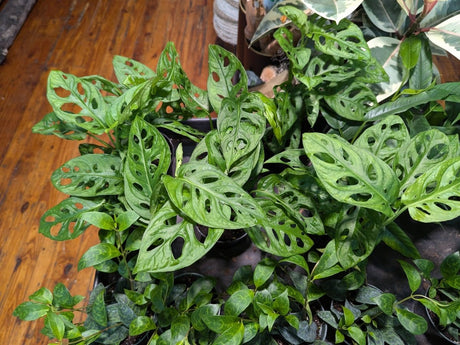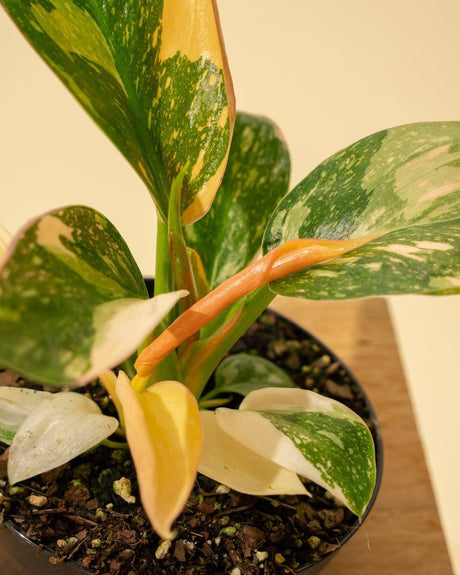Top 5 Pet-Safe Houseplants That Are Safe for Cats and Dogs
Love plants *and* pets? You’re not alone. Many pet parents worry about keeping houseplants that might be toxic to their furry friends. The good news is, you don’t have to choose! There are plenty of non-toxic, pet-safe houseplants that are safe for cats and dogs—and they’re beautiful, too. Below, we highlight five of our favorite pet-friendly plants you can safely grow at home.
🌴 1. Ponytail Palm (Beaucarnea recurvata)
A Fun, Low-Maintenance, Pet-Friendly Houseplant
Looking for a stylish, drought-tolerant plant that’s also non-toxic to pets? The Ponytail Palm is a top pick. Technically a succulent, this slow-growing evergreen has a thick “ponytail” trunk that stores water and grassy leaves that cascade playfully—safe for pets and easy on your eyes.
- Light: Bright, indirect sunlight (can tolerate direct light)
- Water: Let soil fully dry out between waterings
- Pet-safe: Yes! Non-toxic to cats and dogs
Fun fact: It earned the Royal Horticultural Society’s Award of Garden Merit for its resilience and appeal.
🌱 2. Money Tree (Pachira aquatica)
Lucky, Lush, and Safe for Pets
The Money Tree isn’t just a symbol of good fortune—it’s also a fantastic pet-safe plant. With its braided trunk and lush green leaves, this tropical beauty adds style to any space and is completely non-toxic to cats and dogs.
- Light: Bright, indirect sunlight
- Water: Water when top inch of soil is dry
- Pet-safe: Yes, safe for pets
Legend says: A poor man once prayed for money, discovered this plant, and sold it to build wealth—thus the name “Money Tree.”
🌺 3. Lipstick Plant (Aeschynanthus)
Bright Blooms, Pet-Safe, and Great for Hanging Baskets
The Lipstick Plant is known for its tubular red flowers and trailing vines, perfect for hanging planters that keep plants out of reach from curious pets. It’s safe, striking, and ideal for creating elevated greenery zones.
- Light: Bright, indirect light for best flowering
- Water: Let top soil dry out before watering
- Pet-safe: Yes
Pro tip: Try the Black Pagoda variety for moody foliage and dramatic contrast.
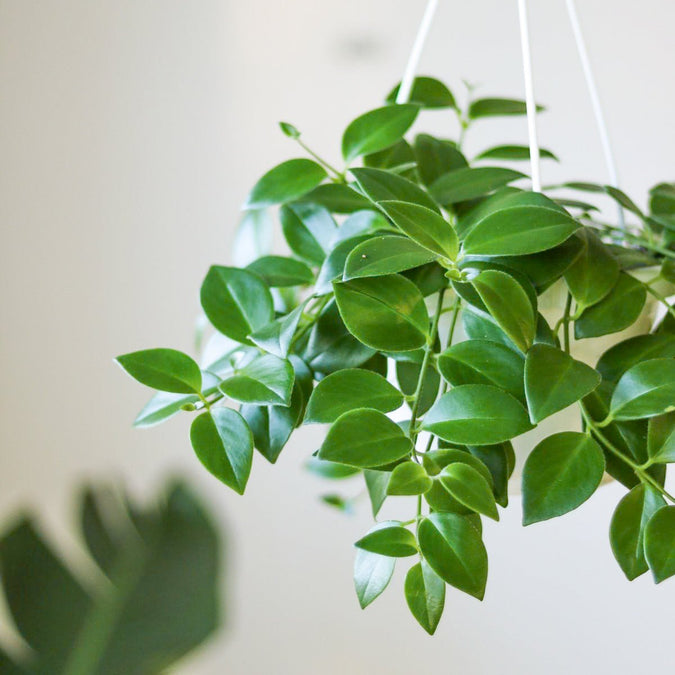
🌿 4. Peperomia
Compact, Colorful, and Pet-Friendly
Peperomia plants are a plant parent’s dream: small, sculptural, and safe for pets. Available in a variety of colors and textures—from deep emerald to watermelon-striped—they make great additions to desks, windowsills, and shelves.
- Light: Bright to medium indirect light
- Water: Water sparingly; allow soil to dry between waterings
- Pet-safe: Yes
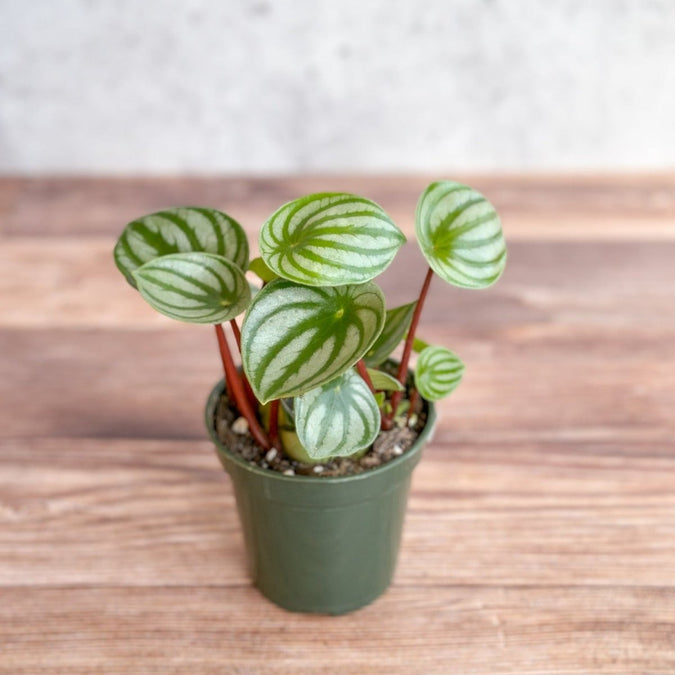
🌸 5. Calathea (Prayer Plant)
Colorful, Captivating, and Completely Non-Toxic
Calatheas are prized for their decorative foliage and rhythmic leaf movements. Known as Prayer Plants, these tropical plants are totally pet-safe and make for a colorful, dynamic addition to your collection.
- Light: Indirect light (avoid direct sun)
- Humidity: High humidity preferred
- Pet-safe: Absolutely
Did you know? Calatheas exhibit nyctinasty—a movement where leaves fold up at night and open by day, mimicking prayer hands.
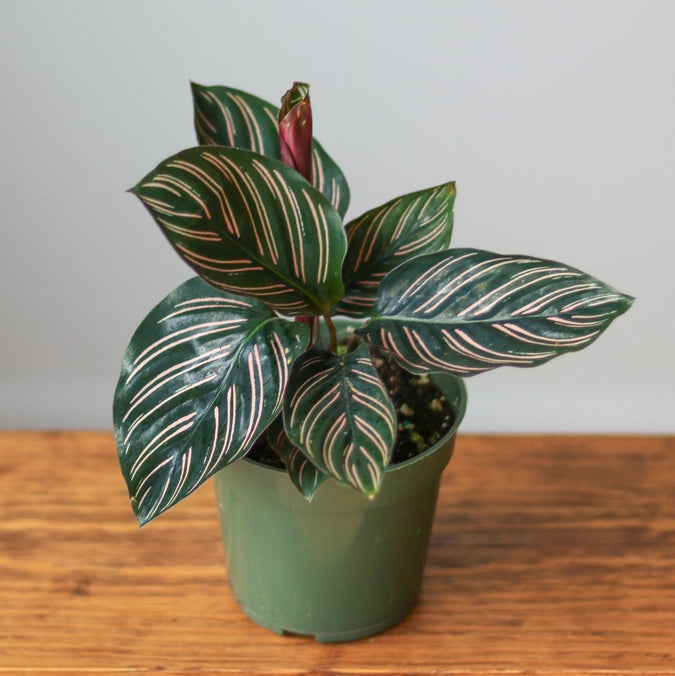
🌿 Final Thoughts: You Can Have Pets and Plants!
You no longer have to choose between lush greenery and your beloved pets. With pet-safe houseplants like the Ponytail Palm, Money Tree, Lipstick Plant, Peperomia, and Calathea, your home can be both vibrant and safe.
Tip: Always double-check with reputable sources like the ASPCA’s toxic plant database to verify plant safety.






